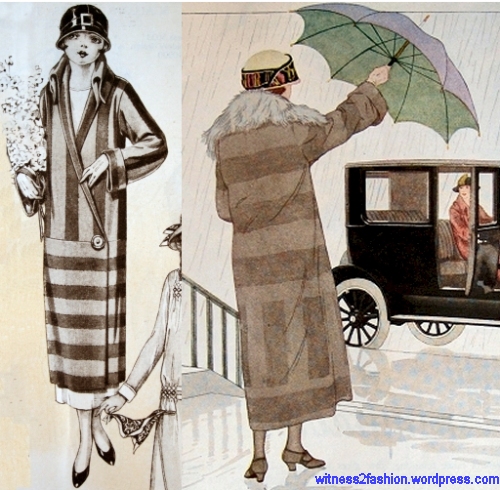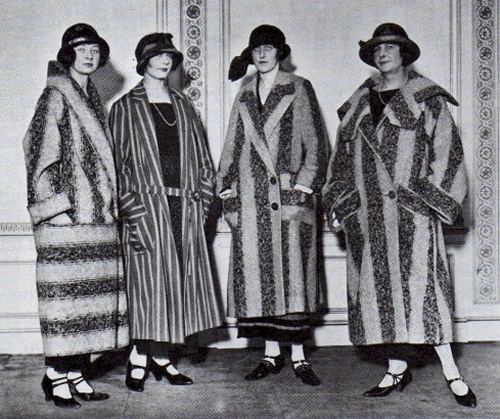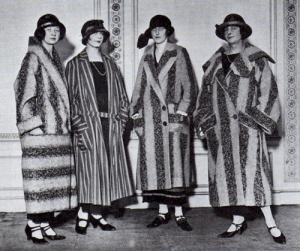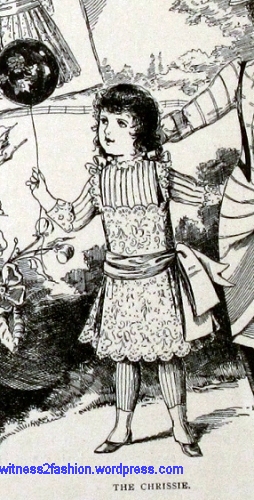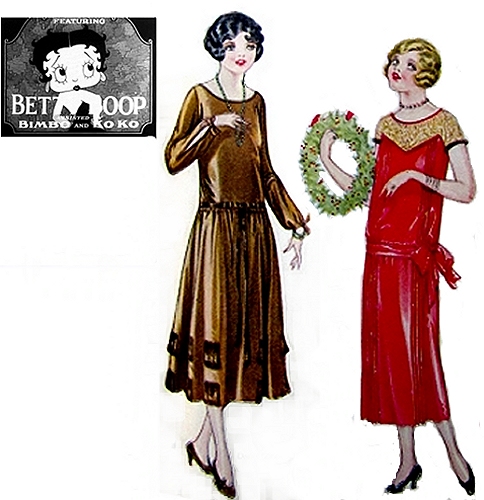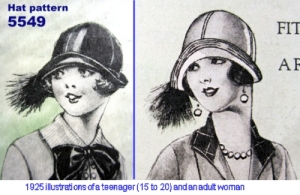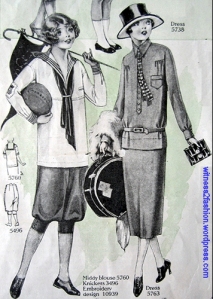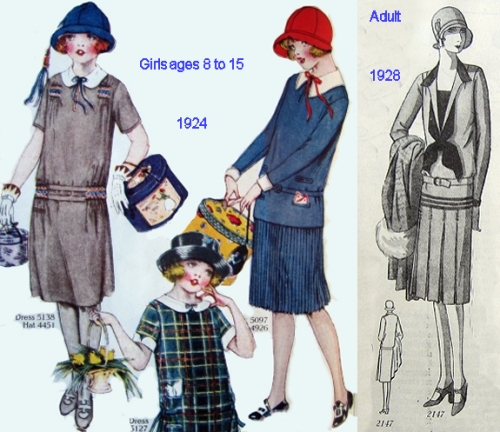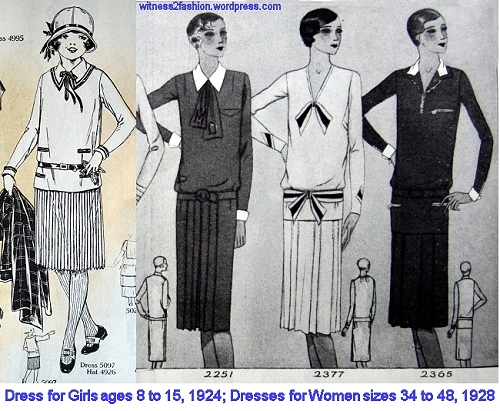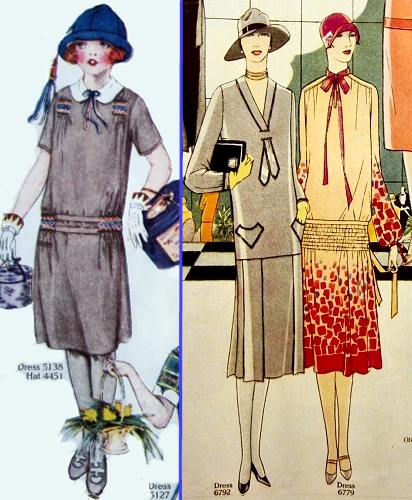
College students, Woman’s Home Companion, October 1936.
Many years ago, I finally had time to take a life drawing class. During a break, the woman next to me introduced herself. She was a psychologist. When I told her I was a costume designer, she shared this story — one that taught her the importance of dress, and how much it communicates.
When she was completing her post-graduate degree, starting to look for jobs, she was also asked to do group counseling with high school students who were having behavior problems.
As it happened, on the day of her first group session with the students she also had a very important job interview. She dressed in her best (and only) suit, with high heels she would never have worn on campus for a usual day; she got up early to do makeup and style her hair (instead of pulling it back into her usual “no-time-to-do-my hair” ponytail,) and she carried a briefcase instead of her backpack. She wanted to look as grown-up and professional as possible for the job interview.

Two dressy suits made from Butterick 7928, October 1956, Butterick Fashion News.
She went straight from the interview to her first session with the high school students. It went really well. She felt that they were glad to participate and have a chance to get help with their problems.
A week later, she went straight from attending her own university classes to the high school. That session did not go so well. The students didn’t volunteer or participate as they had. They became quiet, sullen, obviously bored. Every week, every session felt worse. The students who had been so eager were almost hostile now. The young psychologist stayed up nights trying to figure out how to get the group sessions back to that promising first day.
Finally she realized she had to deal with the problem openly; she asked, “What changed?” One girl was willing to answer:
“That first day you came, you seemed to really be interested in us; you listened to us, and we thought maybe you could help make things better. You were all dressed up, and we thought ‘Somebody important cares about us!‘ But then you saw that we was just poor kids, and the next time you came here looking just any-old-way because we didn’t matter.”
“Oh, dear god,” thought the young psychologist. It hadn’t occurred to her that dressing as what she really was — a graduate student in college — would send that signal to them. She realized that being dressed formally had given her extra authority, and built confidence that she was really a doctor. But she hadn’t considered the reverse. She had never thought to carefully explain her real status: she was a student, like them; poor, like them. And being honest months later — “I really needed that job, so I tried to look professional and grown-up for the interview” — didn’t help, because it still meant she hadn’t thought it was equally important to dress professionally for them — clients who didn’t pay.
It’s a sad story that has stuck with me all these years. The shaman’s feathers and paint, the doctor’s white coat, the banker’s suit: clothes establish our identity. Whatever we wear tells other people something about who we are, what they can expect from us, and how we expect to be treated. Like it or not, costume communicates.

Doctor, nurse, and baby in an ad from 1937. Delineator.
We know at a glance that this is not a family; and we know these people are trying to help the baby — because we can “read” their clothes, without any conscious thought about what is going on here. We read each other all the time.

